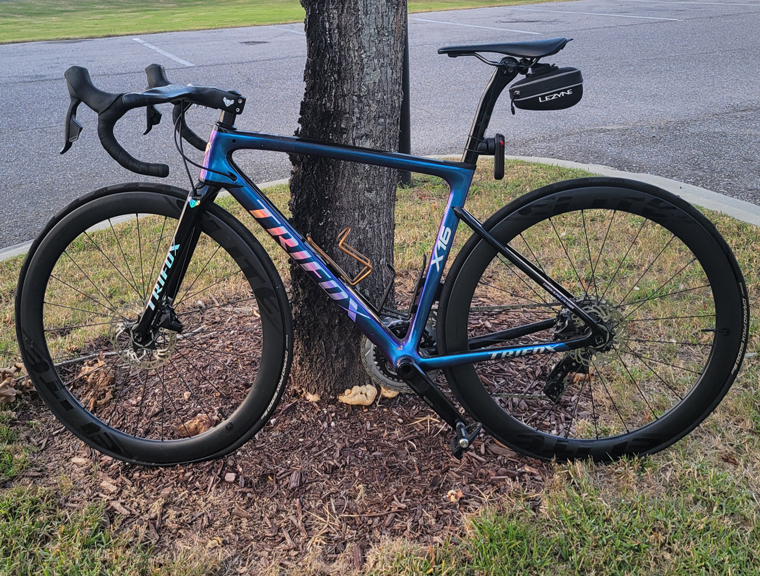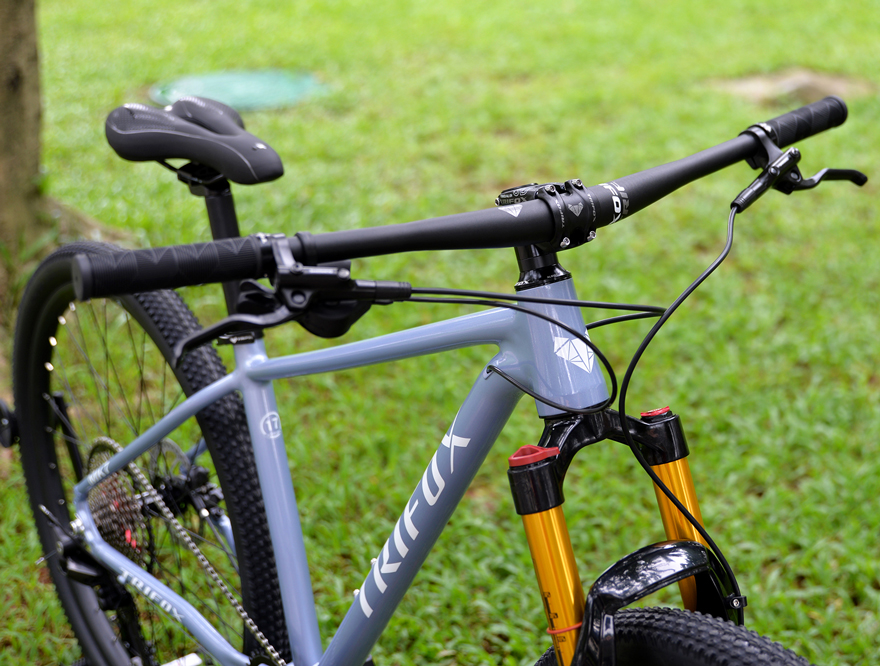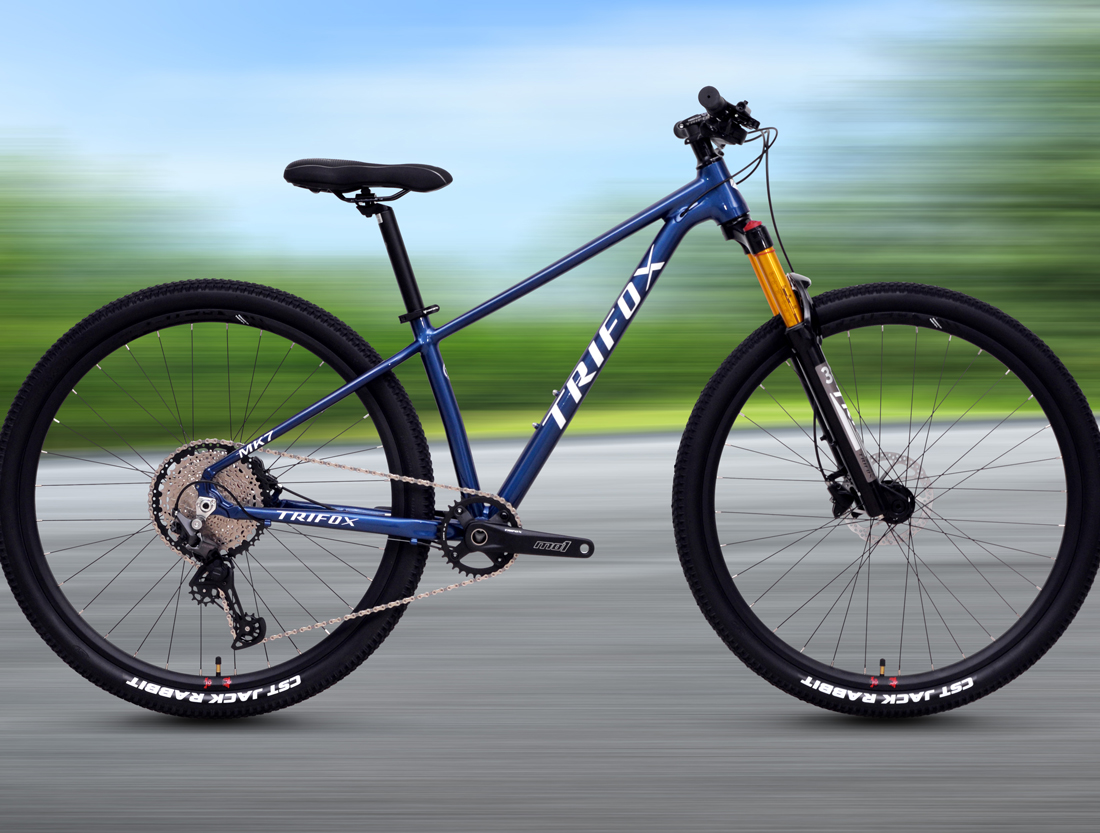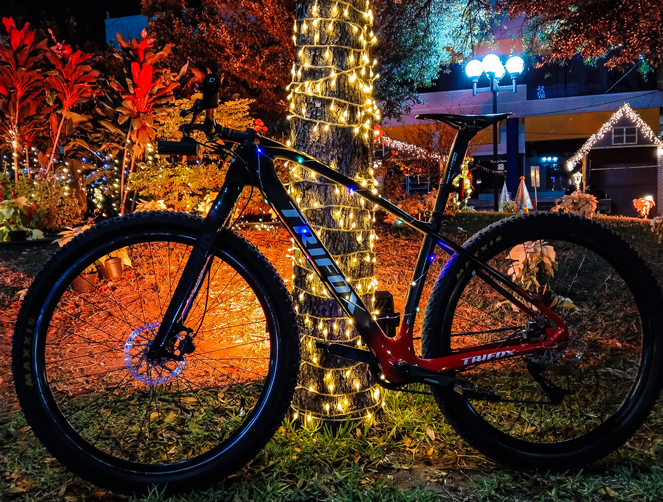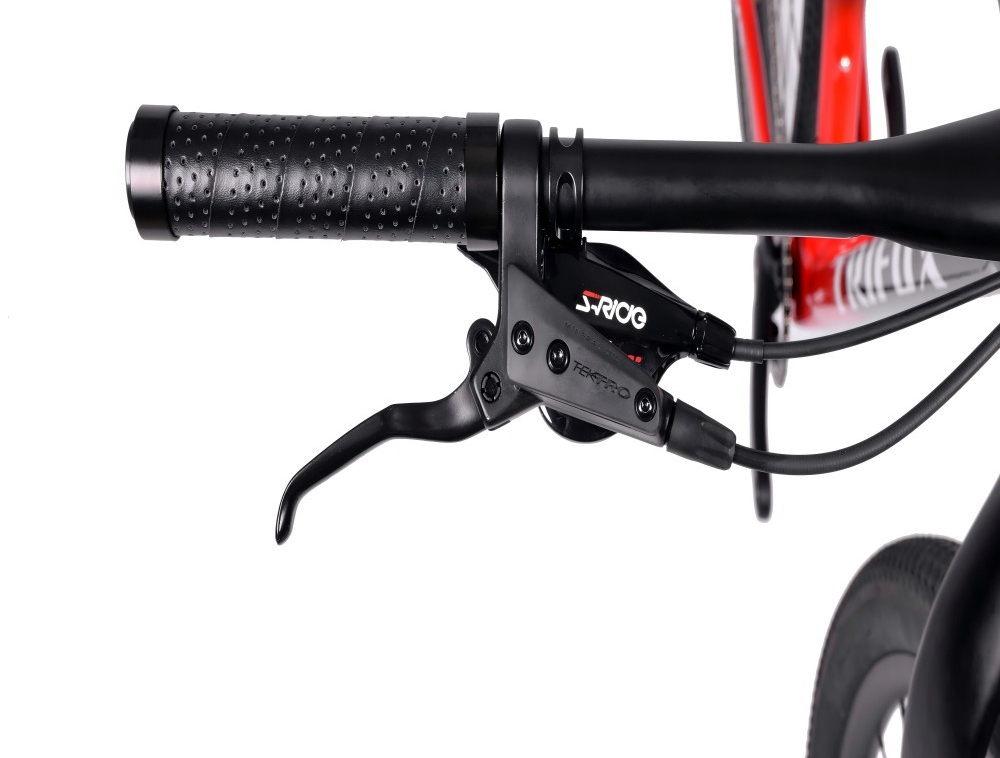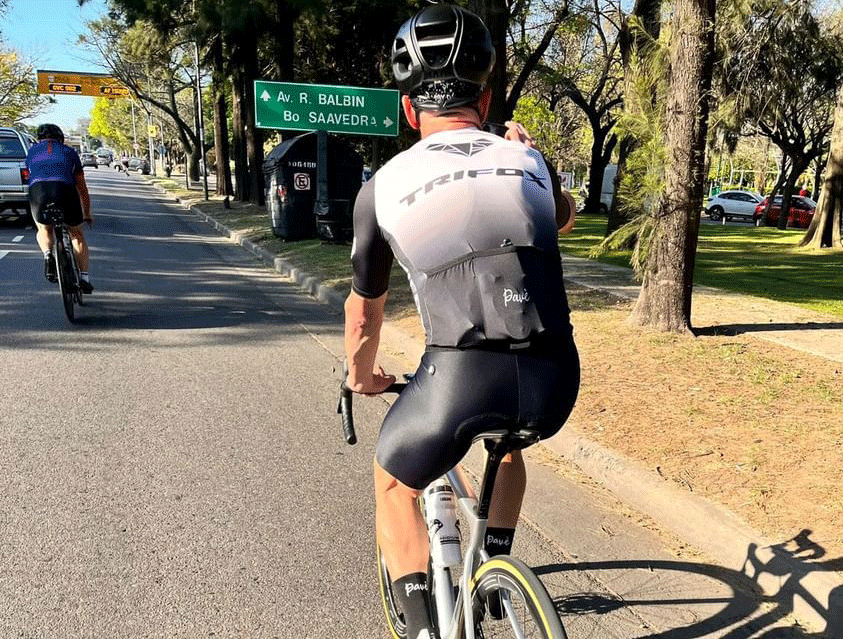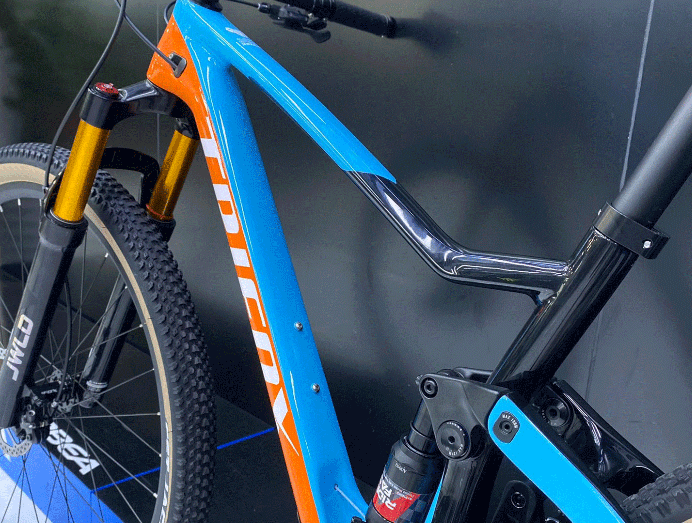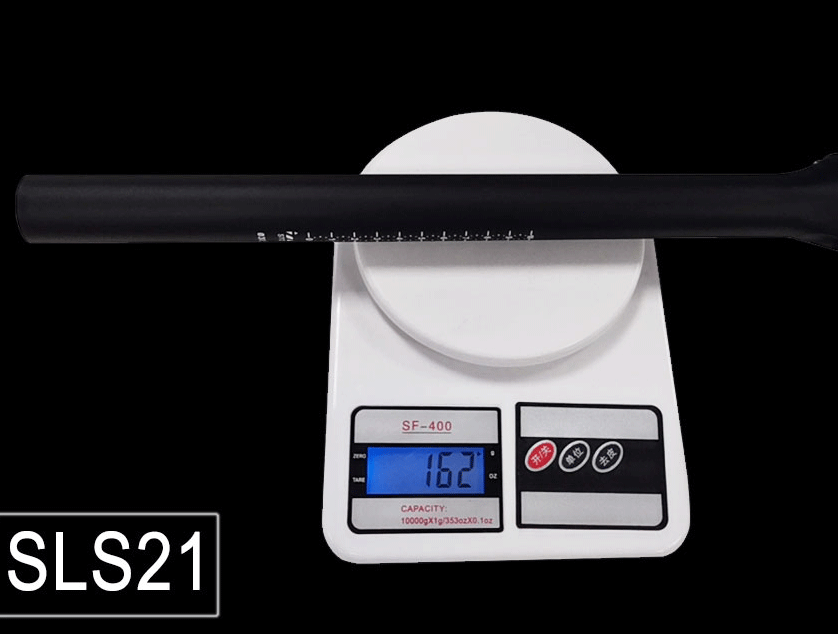Last time I shared short slope training, Now I will talk about another method to become a master of cycling and climbing
5 Tech Tips for Climbing Long Slopes
1.sitting
Climbing hills in the saddle is more aerobically efficient, and sitting back will engage your glutes, allowing the biggest muscle mass in your body to help you. Standing can make you faster, but it uses up your precious glycogen reserves too quickly.
Even so, getting out of the saddle occasionally can relax, improve blood circulation, and engage more muscles to do work. Try not to let the bike shake too much when you are riding out of the saddle. Exaggerated movements are inefficient and waste energy.
2.Relax
When you pull too hard on the handlebars you waste energy and make your upper body tense, relax! Keep your back straight, your shoulders back, and your hands resting on the handlebars as you climb. This expands the chest cavity, allowing for more efficient breathing, and increasing aerobic efficiency.
Change the position of your hands on the handlebars to avoid any stress and repetitive strain injuries.
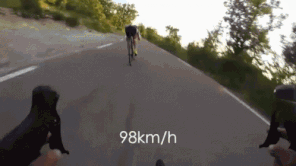
3.keep a steady cadence
Stable at 90rpm is the ideal cadence (climbing 90rpm is really difficult for amateur drivers, but it is worth the effort), don’t use too large a gear ratio, so that you have to lower the gear ratio later. This will deplete the glycogen reserves and put more mechanical stress on the crank to turn it slower.
If you stand up, increase the gear ratio by one gear ratio, so as to keep the power stable at a lower cadence, and then switch to an easier gear ratio when you sit down again.
When the slope changes, change the gear ratio to maintain a stable frequency and power output.
4.pace, not race
When you’re climbing long hills, the pacing is critical to keeping you as efficient as possible. So if you’re riding too hard, you’re going to take on an oxygen debt, and use up your muscles’ glycogen stores, and this will ultimately affect your overall cycling performance.
The key is to stay in an aerobic state until the last few miles, at 65% of your maximum heart rate if using a heart rate monitor.
5.ideal location in large groups
When you’re racing, position on the climbs is very important, and if you’re not a strong climber, make sure you start every hill in the front group. That way if you get behind, there are plenty of cars to follow.
Stagger the rear wheels of the car in front so you have a path to “escape” when he/she brakes, choose to be on the left or rear of the car in front depending on the direction of the wind and get as close as you can.
Ride smart, choose a strategy, and save energy, but be decisive when it’s time to attack.





























































